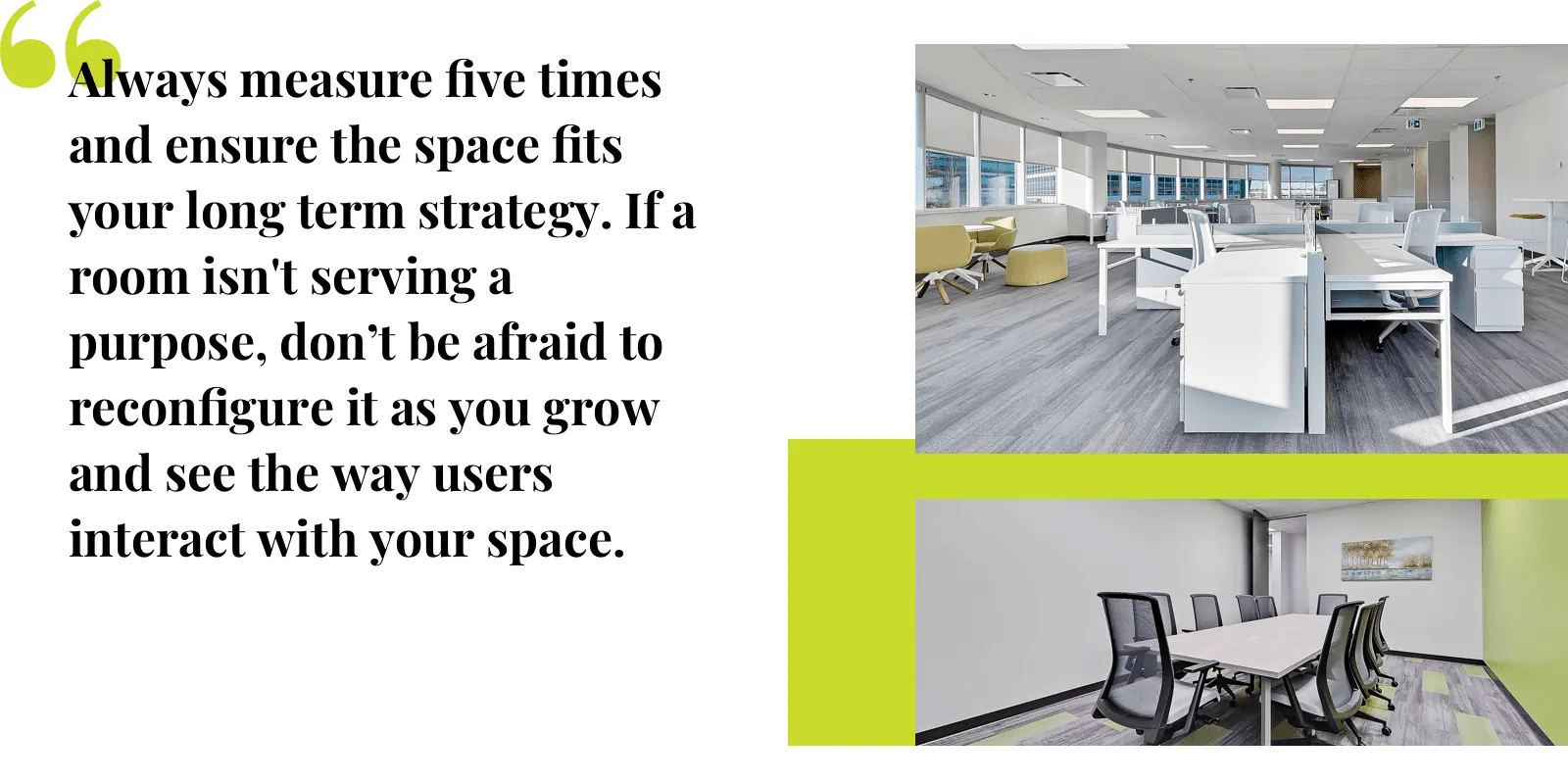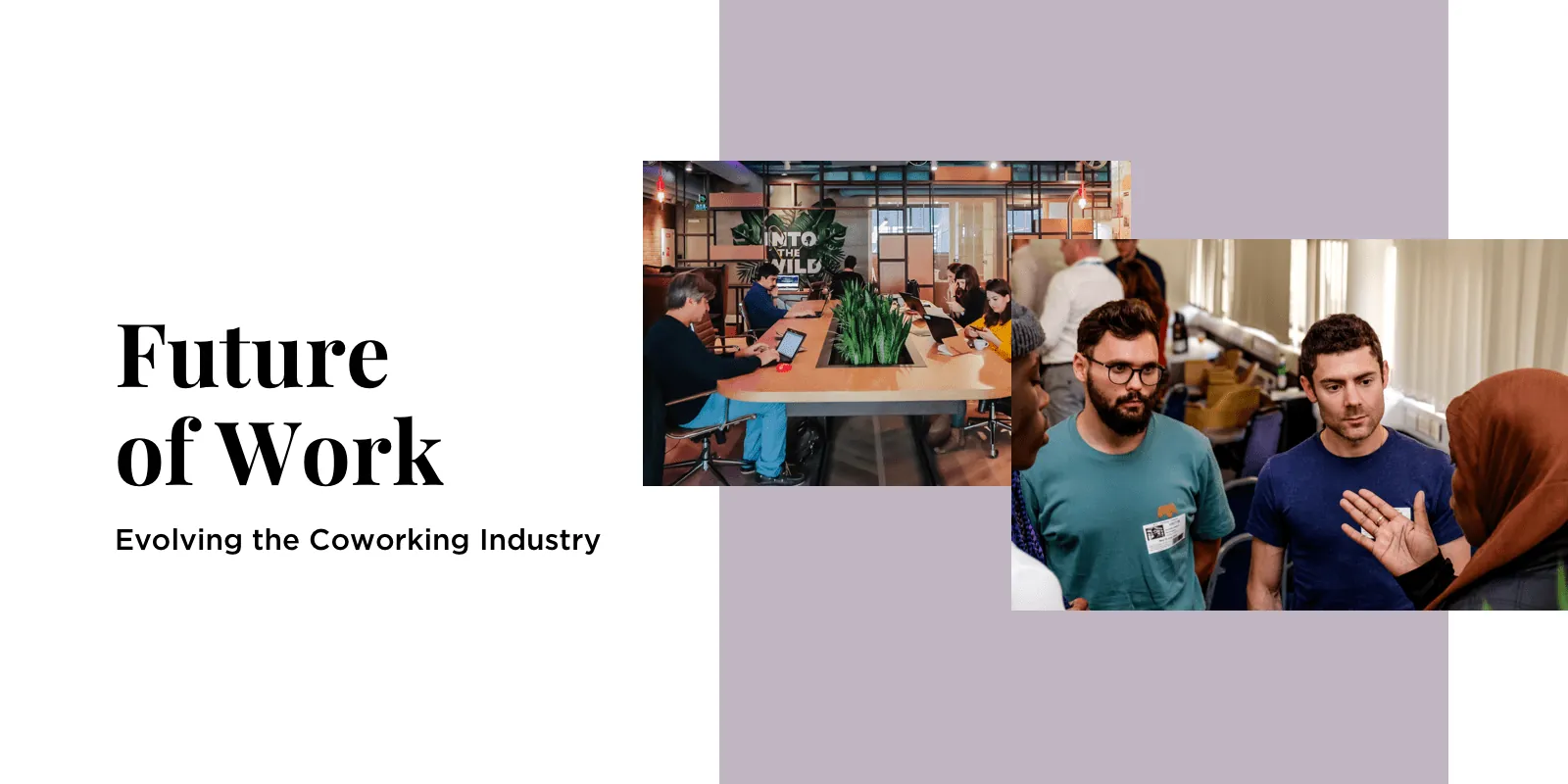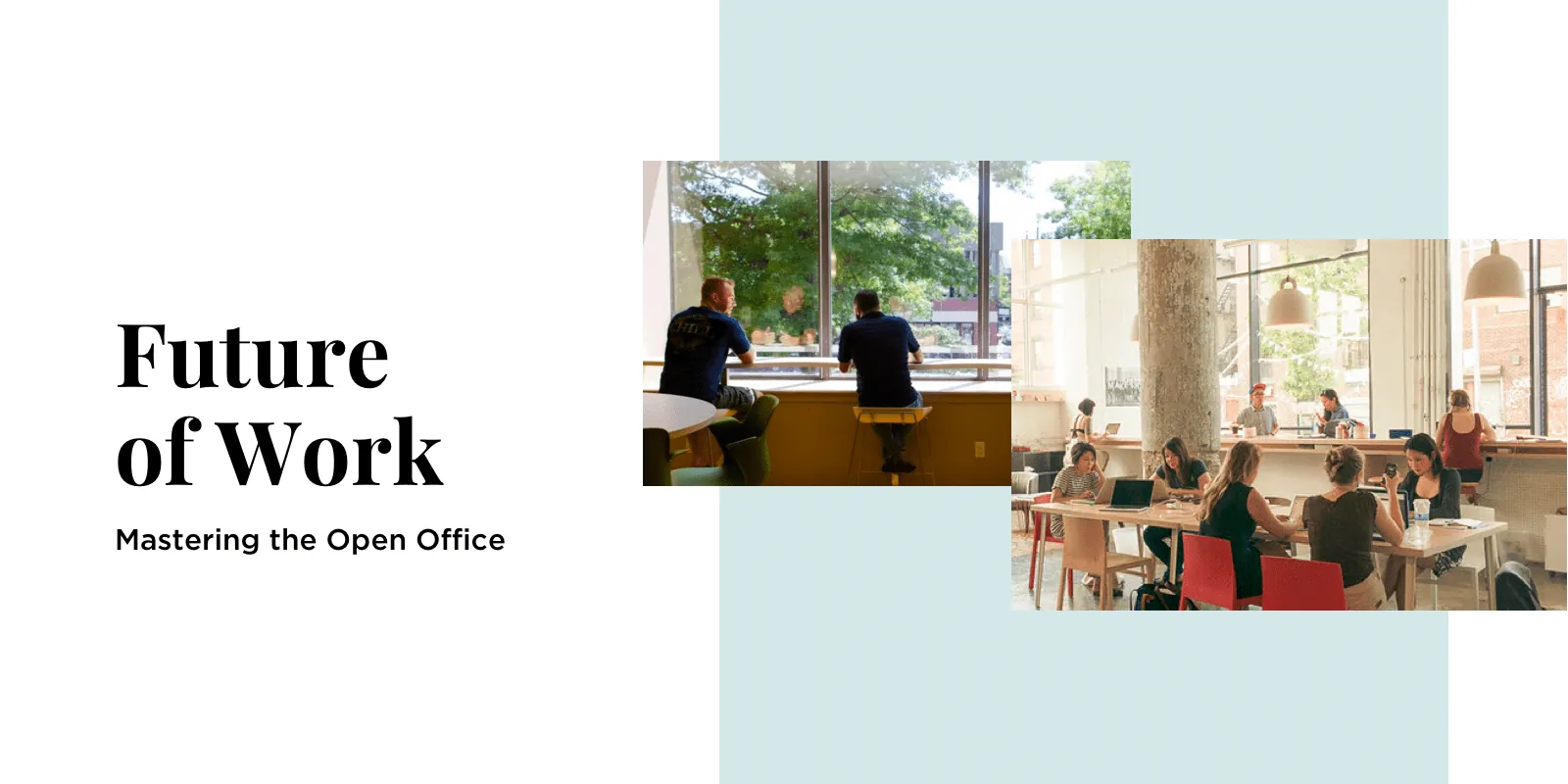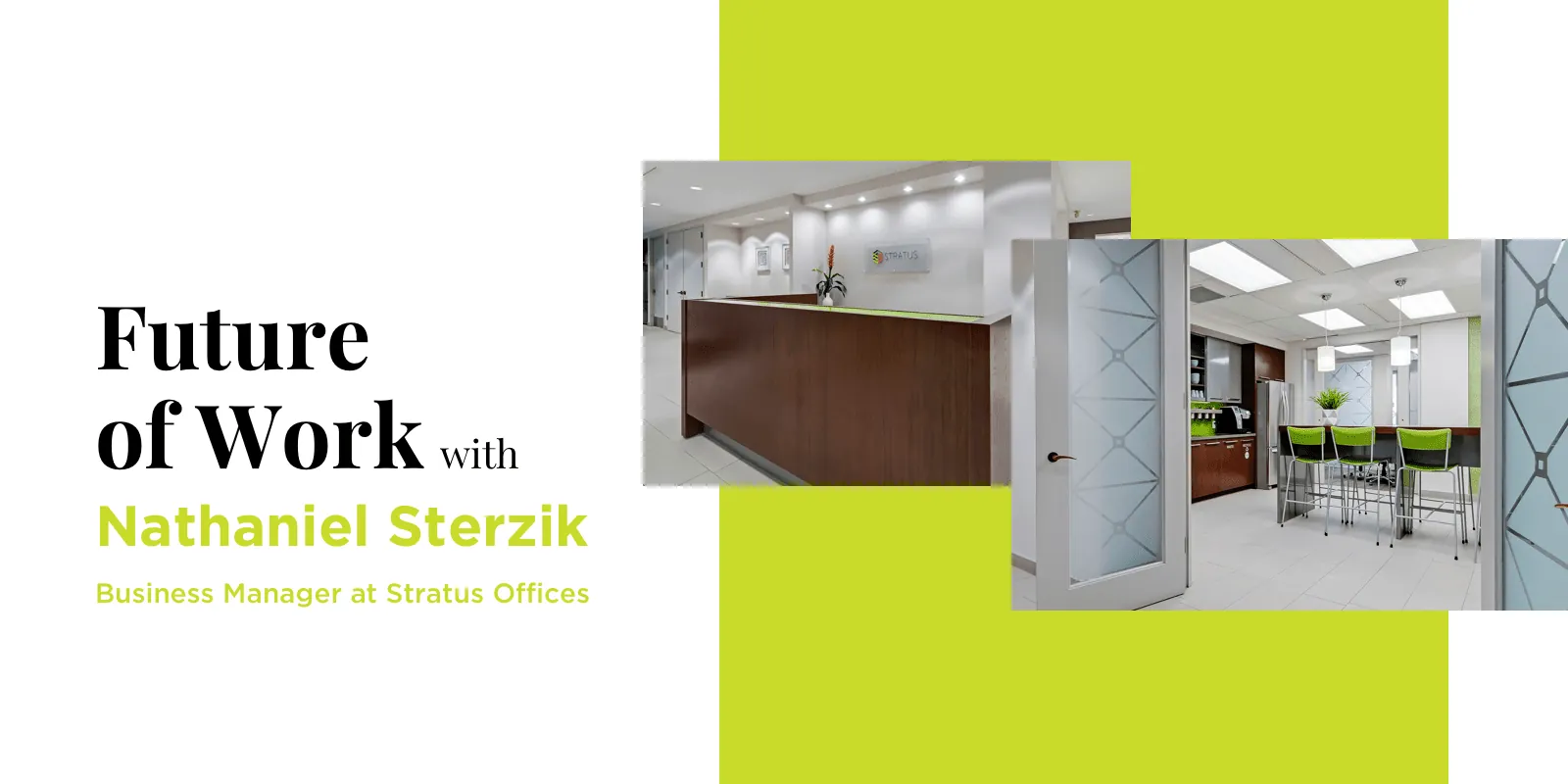
In this edition of ‘Future of Work’, Nathaniel Sterzik, Business Manager at Optix client, Stratus Offices, shares how Stratus scaled their coworking operation from one location to seven in under two years and offers his advice for other coworking brands looking to grow.
From one flagship space in Calgary to seven locations across Alberta and a staff of 10, Stratus Offices – a company dedicated to making office sharing simple – has come a long way from the two-person operation it was at the start.
Starting with scaling in mind
When Nathaniel first launched Stratus Offices, scaling was already a big part of his strategy. The real estate market in Calgary was in a bubble and a lot of commercial real estate was available for lease. Serving such a geographically-sprawling city necessitated thinking about expansion right from the outset. From the early days, Nathaniel was thinking about additional locations, focusing particularly on how the amenities they offered would complement each other and meet the needs of future members.
The first location they settled on was chosen for its layout, which lent itself well to being a coworking space. As a result, there was less construction required and Nathaniel’s team could hit the ground running, opening the doors to the space just 60 days after getting started.
Building the right team
While Stratus Offices started out with a (very busy) two-person team, Nathaniel understood this would have to change as his coworking business expanded. They needed people with a solid financial and commercial real estate background, as well as others who understood marketing, public relations, social media strategy and branding across their locations.
Each of his spaces now has a dedicated community manager (or “king of the castle” as Nathaniel puts it) to oversee day-to-day operations, local marketing and member engagement. He feels a key aspect of this decentralized strategy has been to ensure each team member’s skills are maximized, matching them with company-wide projects and responsibilities.
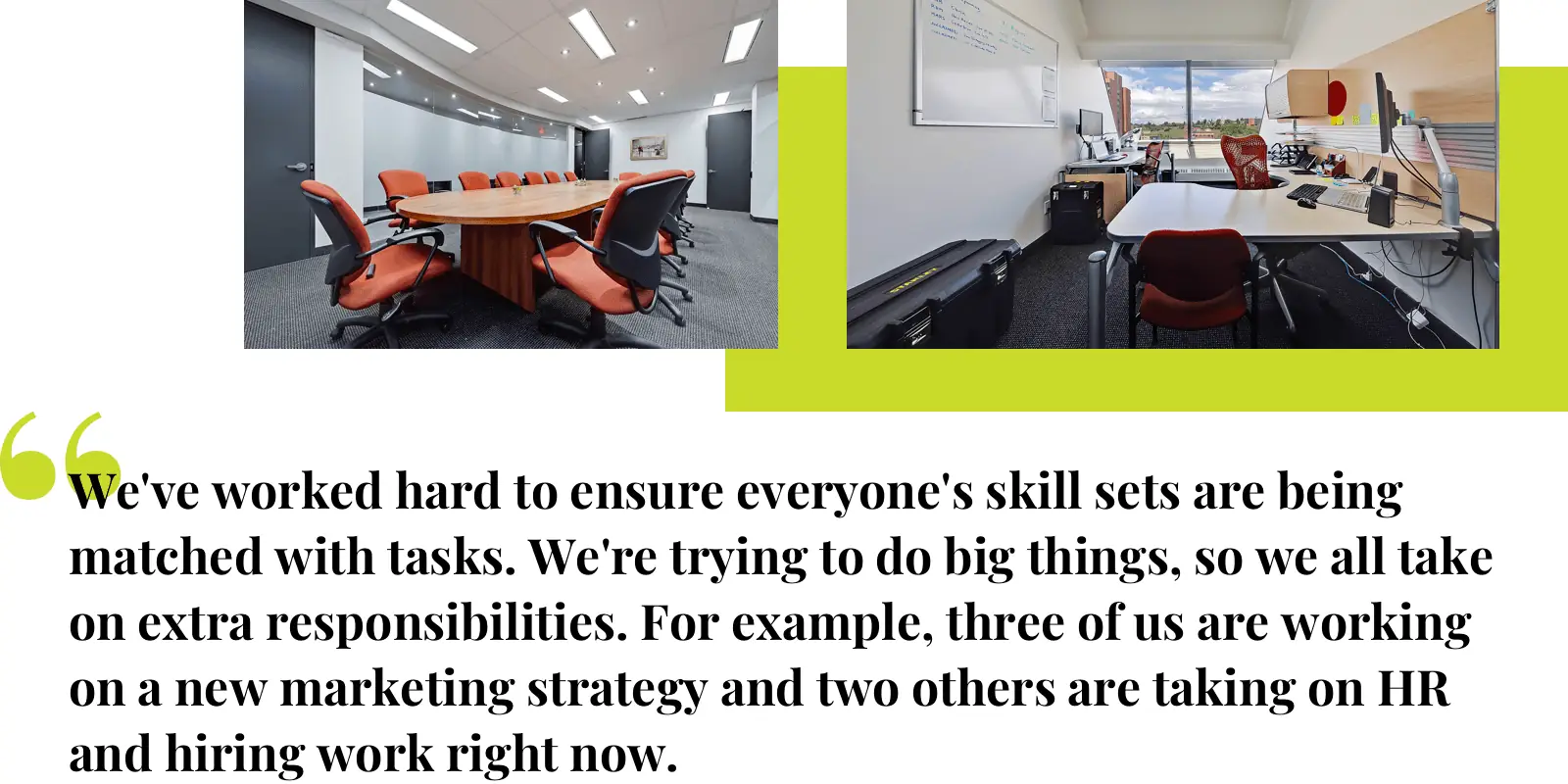
Finding the right partners and funding
Nathaniel says the growth of his coworking business has been boosted by developing a number of partnerships. In particular, collaboration with their landlord who understands their strategy and works with them on development.
A partnership with Optix has also been crucial for Stratus as their coworking business grows. Taking on a lot of the admin complexities for his team, it’s helped boost efficiency while creating a cohesive member experience across locations. As a result, the team’s been able to focus on other key aspects of the business, like optimizing their space, growing their membership and strengthening their scaling strategy.
Another key partnership for Stratus Offices has been with a private equity firm that provided seed funding. Nathaniel notes that, for them, having that first location in Calgary up and running as a business case was very helpful in supporting their pitch and showing that the model worked. However, he also makes the point that there’s no one-size-fits-all solution to sourcing funding for your coworking space. He strongly believes that it’s important to look at multiple avenues to meet your brand’s unique needs.
Planning your space properly
The biggest pieces of advice Nathaniel would give to anyone launching or expanding their coworking brand is to pre-sell to members, find efficiencies where you can and never bite off more than you can chew. In his experience, leasing spaces that are too large for the sake of flexibility is a recipe for disaster.
For Stratus Offices, the sweet spot has been between 9,000 and 13,000 square feet, but Nathaniel’s team didn’t stop after coming to this realization. They went further by optimizing the type of spaces they offered too.
Initially, Nathaniel had planned to take a two-pronged approach to his coworking spaces by offering both private offices and hot desks. However, when his team analyzed the usage and revenue these space types created, they learned this wasn’t the best model for their market.
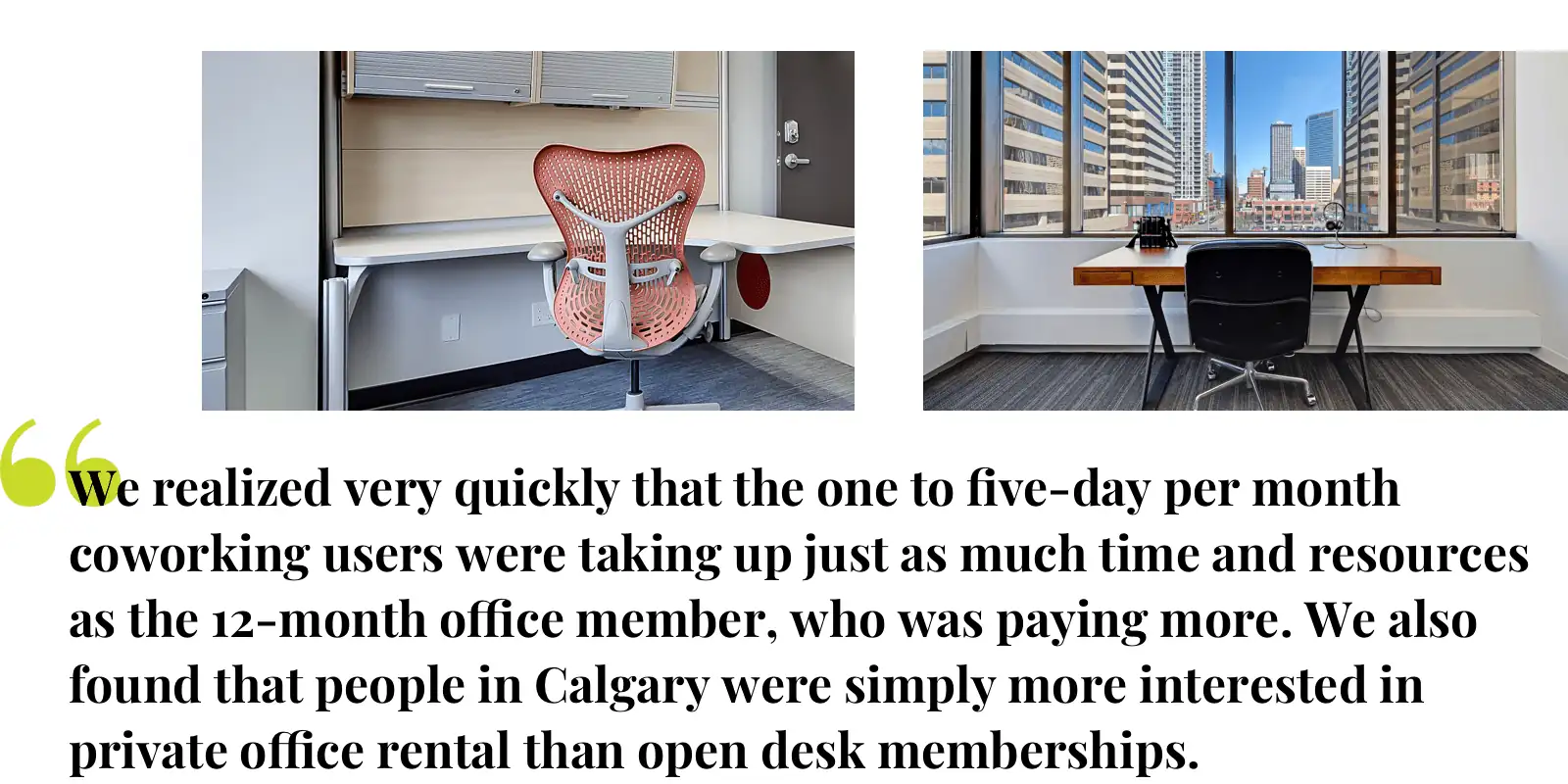
By digging into this data, Nathaniel was able to rapidly pivot his strategy to get the most from his business and ensure he could scale. Within six months of opening his first location, he had taken some of the spaces in his office back to the drawing board to maximize their revenue potential and use.
When all is said and done, Nathaniel credits the rapid expansion of his coworking brand to three key things – building effective partnerships, establishing a strong team across his locations, and a lot of strategic planning and space analysis before and during his growth. Having watched others drown in non-optimized space, he says it’s highlighted for him why they did so much research and put so much emphasis on planning the spaces themselves. He closes our interview with this final advice.
